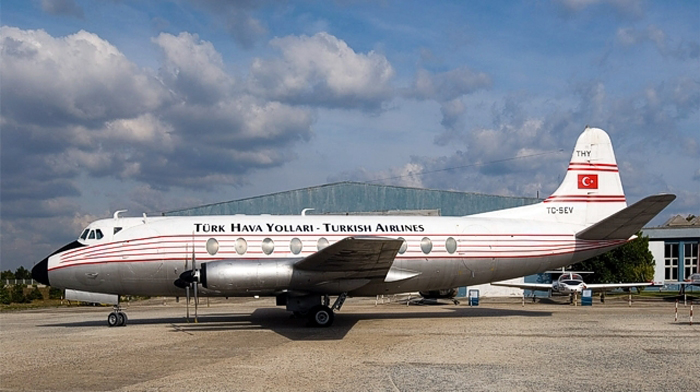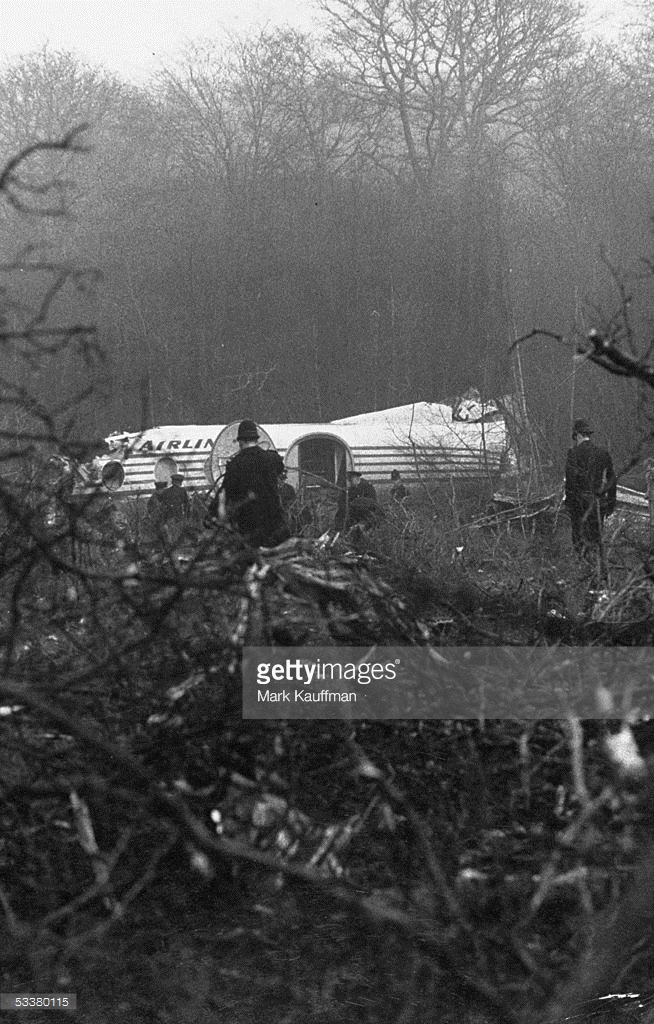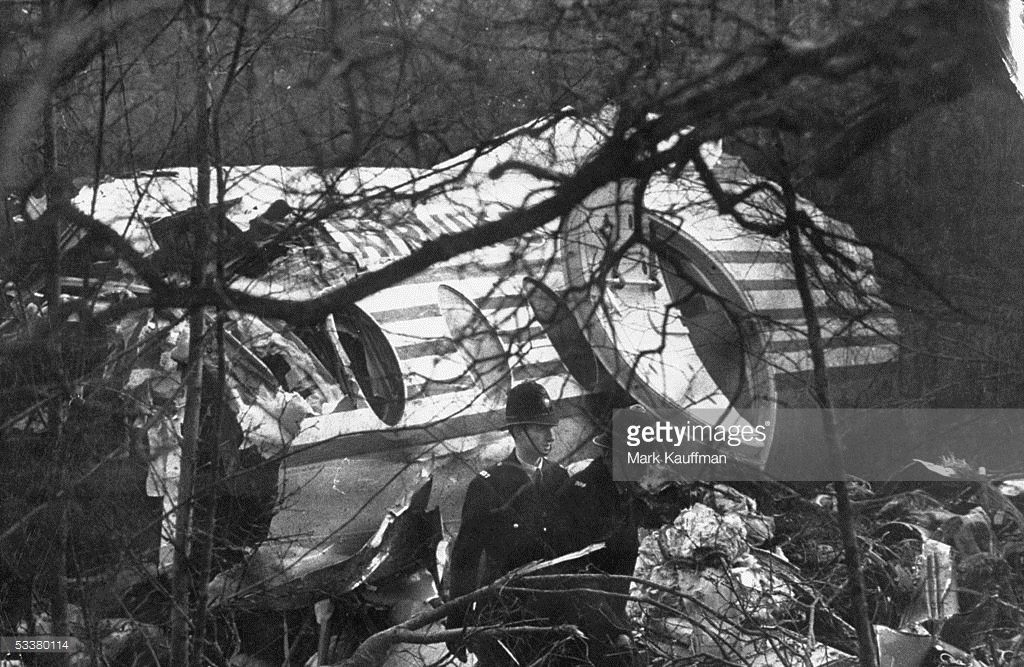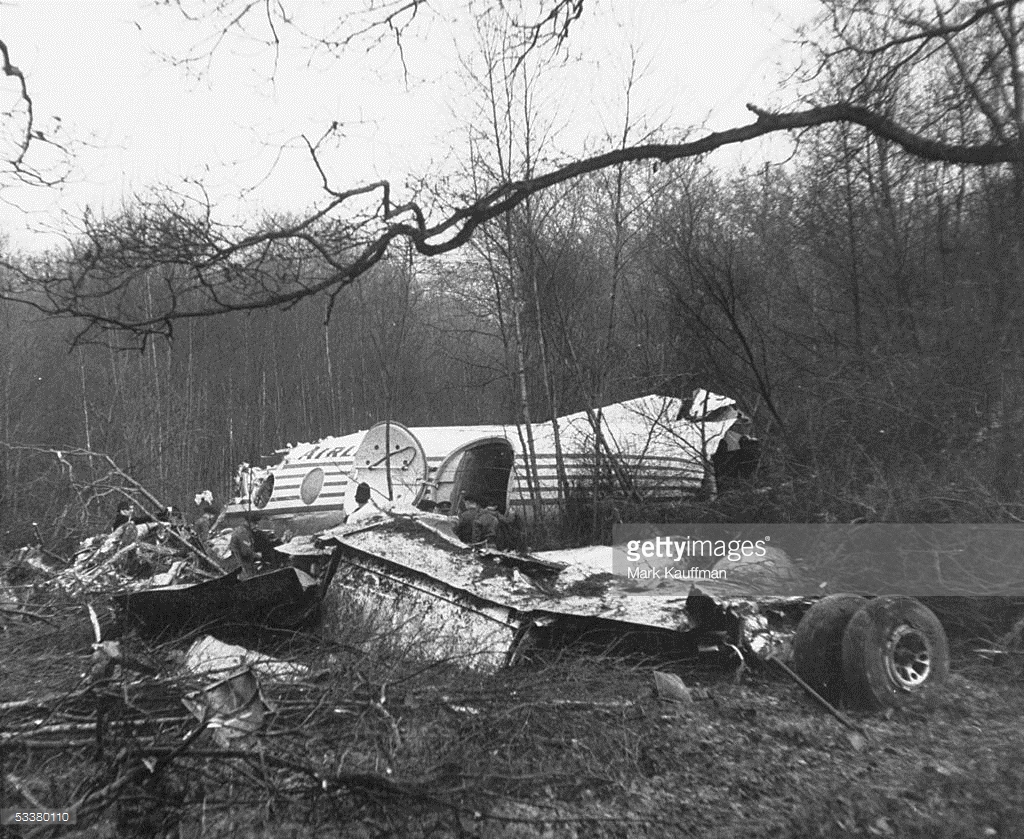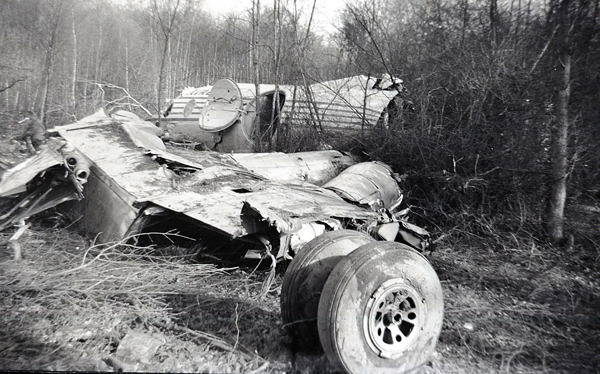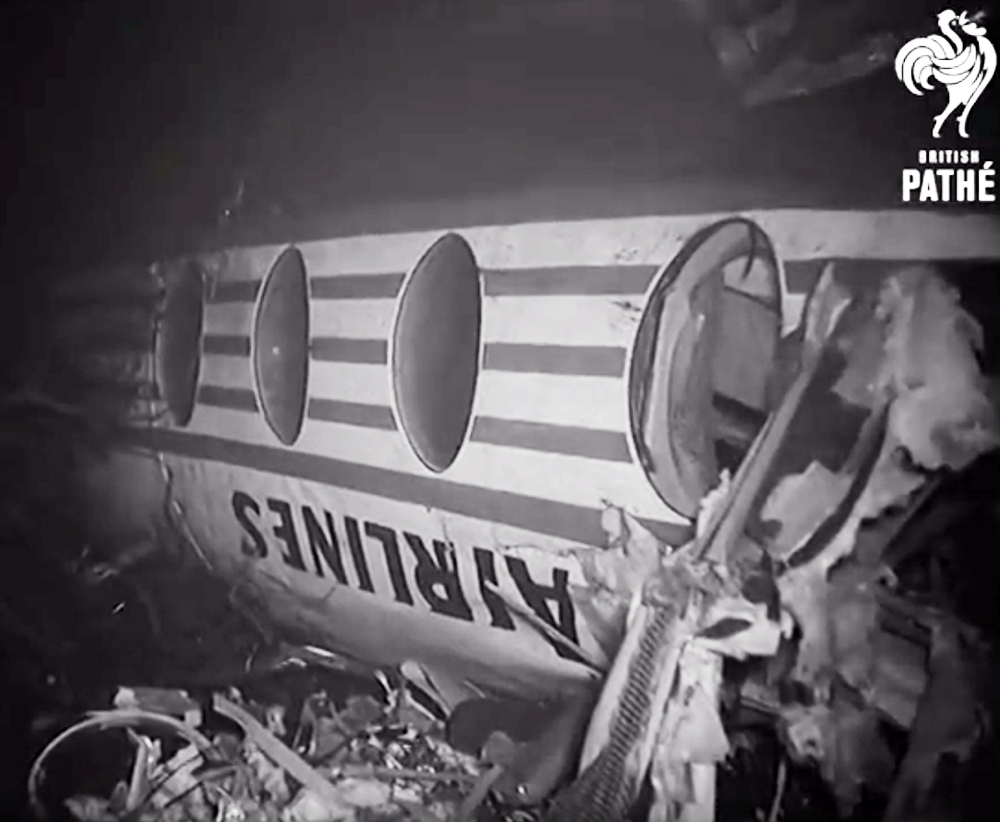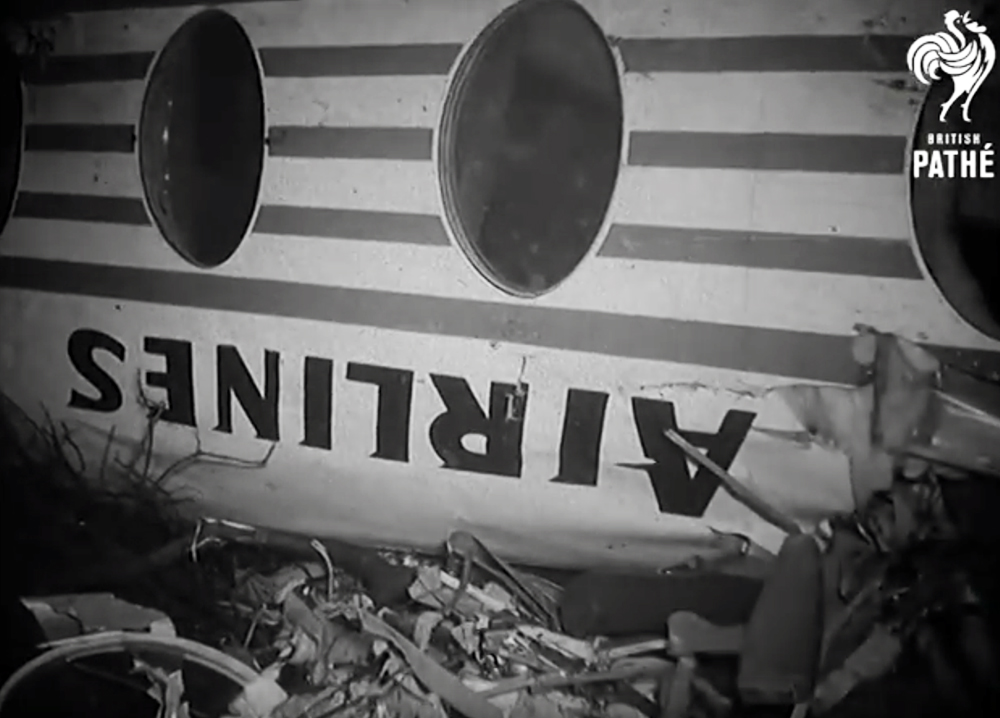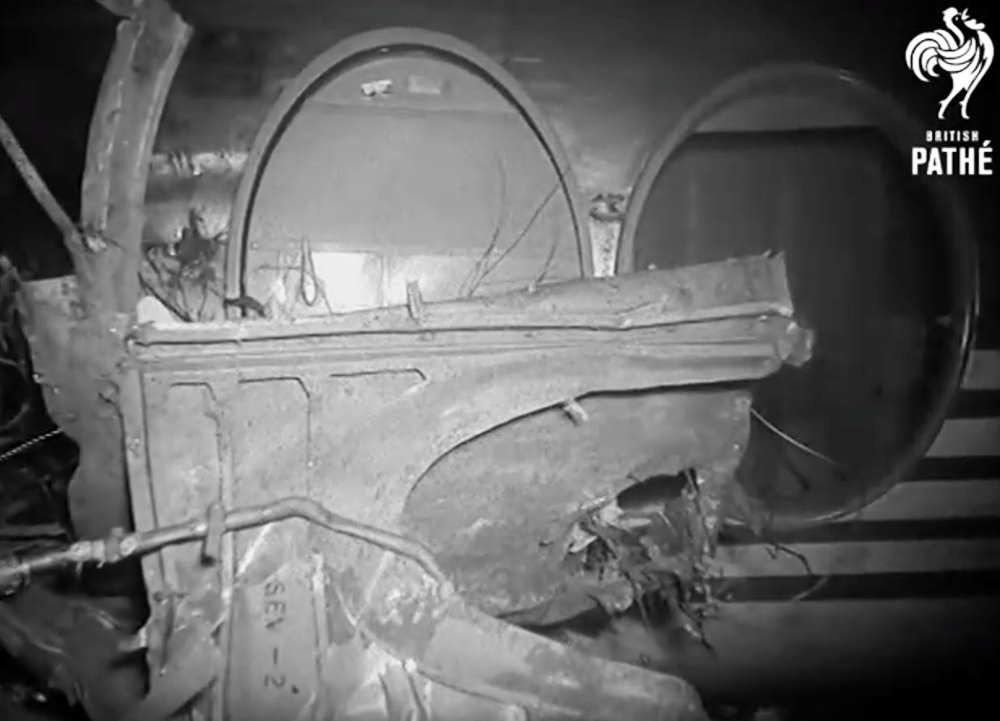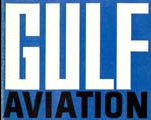Crash of a Vickers 785D Viscount in Rome: 2 killed
Date & Time:
Dec 21, 1959 at 0816 LT
Registration:
I-LIZT
Survivors:
No
Schedule:
Rome - Rome
MSN:
378
YOM:
1958
Crew on board:
2
Crew fatalities:
Pax on board:
0
Pax fatalities:
Other fatalities:
Total fatalities:
2
Circumstances:
The Viscount was being used for a semi-annual flight crew check involving a simulated two engines out emergency landing. The aircraft was approaching Ciampino runway 16R with engines number 3 and 4 out when it suddenly went into a right bank, some 400 meters short of the runway threshold. The Viscount struck the ground with the right wingtip, crashed and burned. Both pilots were killed.
Probable cause:
The accident was attributed to a balked landing manoeuvre carried out below the speed limits for safe directional control of the aircraft during a critical situation that developed in the last phase of the landing in the course of a simulated emergency exercise with two power units inoperative (number 3 & 4) and two operative (number 1 & 2).



